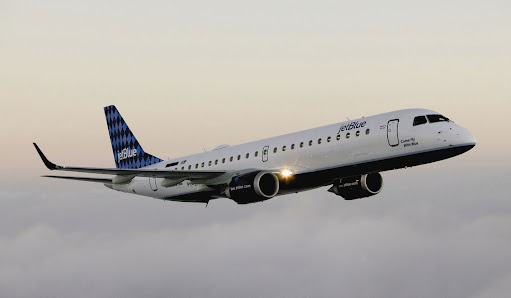The NewsTribune.com:Local governments have never relished the job of owning and operating general-aviation airports. Those airports have a well-deserved reputation as money pits. They demand specialized expertise to operate successfully, and the air traffic they support creates political problems for elected officials who are the target of complaints about noise, safety risks and vehicular traffic.
Those concerns are why in recent weeks two Puget Sound-area governments, the City of Tacoma and King County, have almost gleefully announced preliminary deals to get out of the airport business. Tacoma is negotiating with a private party to lease Tacoma Narrows Airport, a chronically money-losing operation across the Narrows from the city. And King County has announced a draft agreement with the Port of Seattle to trade King County International Airport, better known as Boeing Field, to the port in exchange for a railroad right of way that it wants to convert to a trail on Lake Washington’s eastern shore. The Port of Seattle operates Sea-Tac Airport.
But Pierce County is an exception to that trend. Its modest-sized general-aviation airport, Thun Field on South Hill near Puyallup, has managed to avoid the major financial problems and neighborhood issues that have made other airports such financial pariahs. Before coming to Pierce County, airport administrator Michael Esher had worked as a deputy director of the Kansas City International Airport and then in Alaska Airlines’ airports and properties division.
Esher recently talked with The News Tribune about Thun Field and its prospects for the future.
Tacoma Narrows Airport cost the City of Tacoma about $500,000 a year in losses. What’s the financial picture at Thun Field? Our margins are very thin now. We’re in the black, but barely. That lets you pay your bills on a day-to-day basis but what it doesn’t give you is the capital resources to improve your facilities. You can fix the garage door, but you can’t put on a new roof.
The area near Thun Field is a hotbed of commercial and retail development. With such close neighbors, is noise a major issue?
I don’t want to minimize the noise issue. The words “noise” and “airport” are synonymous. I don’t consider it to be a significant issue here. We do a lot on campus to make pilots aware of the departure and approach routes that are less disruptive to the neighbors. We recently developed this information brochure to go into the pilots’ handbook.
To me the bigger issue is that we have some expensive development locating in this area, so what I’m focusing on in this business plan is that the facilities out here are dated. What I want to be sure is that the facilities are as good as the neighbors expect them to be. I have a big push on to renovate the county-owned hangars. I’m negotiating with a retail developer who is building west of the airport. What people will see when they enter this retail development by one entrance are buildings that are not of the caliber that I would like.
What’s the plan to generate more money to fund those improvements?
There are two sides to every airport – the land side and the air side. The FAA grants money for air-side improvements. If you look at our airfield, the paving is in really good shape, the lighting is good, we’ve got a new weather station and we bought some property to clear obstructions. They don’t fund land-side improvements. So what you have to do is lease out the land-side property at a price that generates enough money to fund improvements.
What sort of tenants are you looking for to lease land and facilities adjacent to the airport?
We’re looking for uses compatible with the airfield similar to the ones we have on the west side of the field. We have two aircraft airframe shops, a propeller manufacturing and rework shop. We have Sagem Avionics building glass cockpit displays. So we’re talking about no-smokestack light industries. The problem is that like a lot of small airports, we don’t have all the infrastructure in place, so it’s going to take a creative partnership with a developer. So, for instance, if he put some money into putting in the infrastructure here, he’d get an appealing land lease. As he got late-comer tenants, we’d gradually increase the rent to market costs once he’d amortized his costs of making the improvements.
Is there room for more flying activity at Thun Field?
The airfield itself has the capacity of about 150,000 aircraft movements a year. Now we’re at 90,000, so we have plenty of capacity for growth.
Do you see Thun Field becoming something other than a general-aviation airport?
It’s got about 250 aircraft based there so it’s predominantly a general-aviation recreational airport. I would guess – though it is increasing – that we are about 10 to 15 percent business aircraft. I don’t ever see our customer market being much different than it is now.
What about commuter flights?
I personally don’t rule out commuter flights because of how difficult it is to get in and out of Sea-Tac Airport. I could see a trend of more of the business aircraft coming more to a Tacoma Narrows Airport or Thun Field.
The big thing in the airport management business over the last 20 years has been to eke out a little more runway, a little more runway. That was an issue with Tacoma Narrows Airport. But in talking with the FAA, any new type of aircraft with composite fuselages and more powerful engines is going to use less runway, not more. Both the Eclipse jet and the Honda jet both need around 3,000 feet. I can easily see a guy with a couple of these jets offering trips to Portland and the next pickup is at 4 o’clock. I can see this, maybe not in my career, becoming a huge wave of the future.




